As the seasons change, you may need to think about changing your seasonal tires. Whether you're switching to winter tires or to summer tires, it's important to think about how you store your off-season set.
You may have them changed by a professional or do it in your garage at home. But what do you do after they have been taken off? Knowing how to store tires after removing them from your vehicle is essential. In fact, it’s more important than most people realize.
If you don’t handle and store your tires properly, their characteristics can change. This can shorten their life. They can even deteriorate so badly in storage that they need to be replaced.
But if you handle and store them correctly, they will deliver years of service – and you’ll save money.
Using some detergent, water and a tire brush, clean tires before storing them. This will help remove a season’s worth of road grime and brake. Clean your wheels, too, if you store your tires on them. Make sure they’re completely dry before the next step.
This next step requires inaction, rather than action. Tires don’t need any kind of dressing or gloss product applied prior to storage. Tire compounds are formulated to resist ozone cracking and other environmental stressors. Such products can hinder rather than help extend the longevity of your tires.
Find a large, airtight plastic bag to fit each tire. Try yard bags or leaf bags. Ensure the bag (and tire) is free of moisture, then remove as much air as possible from the bag (use your vacuum cleaner!) and tape it shut. This airtight environment will reduce evaporation of oils from the rubber compounds. Specific tire storage caddies or tire totes are also available. These make transporting and storing tires easier and help keep them grime and dust free. However, they aren’t air tight. If you want to use them, bag tires as above first, then place them in your tire tote.
This airtight environment will reduce evaporation of oils from the rubber compounds. Specific tire storage caddies or tire totes are also available. These make transporting and storing tires easier and help keep them grime and dust free. However, they aren’t air tight. If you want to use them, bag tires as above first, then place them in your tire tote.
UV rays and the sun’s heat can wreak havoc on rubber. Your tire storage location should keep them out of direct sunlight.
In cold weather or in warm, tires should never be stored in the open air, even under a protective covering. Think cool, dry, moderately ventilated – and of course out of the sun. Your basement or another climate-controlled space is ideal. If there is a heat source in the room, the tires must be shielded from it. Most garages, sheds and attics undergo a range of temperatures, precipitation and humidity. You want to avoid these fluctuations.
 Avoid chemical exposure
Avoid chemical exposureYour number one chemical to avoid: Ozone. It’s particularly damaging to tires. Electric motors that use contact brushes generate ozone. These can include:
Ensure your storage area contains none of these items. The following should also be avoided:
Got whitewalls – or other white parts (like lettering) on your tires? In case you’ve decided not to bag your tires, store them with white areas touching other white areas, and black touching black. Here’s why: The black rubber on the white side is compounded differently than the black rubber on the other side. A layer of non-staining black rubber is used on the tire's white side to prevent oils migrating from the black to the white areas and causing discoloration. The black sidewall uses standard rubber.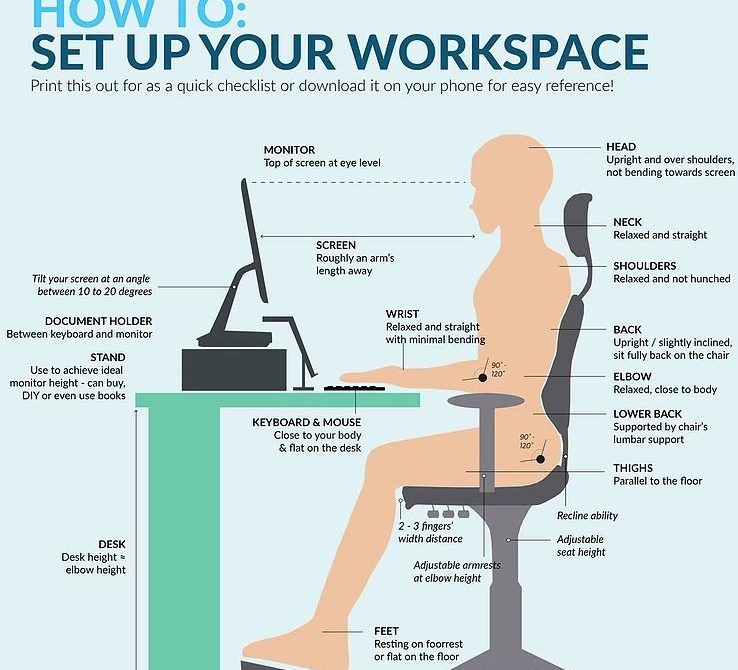 Therefore, store black-to-black and white-to-white to help keep white rubber bright and avoid marks.
Therefore, store black-to-black and white-to-white to help keep white rubber bright and avoid marks.
You have three options for how to store your tires:
The best option is standing, as it puts less stress on the tires. If you must stack, try not to stack too high. You want to avoid it tipping and damaging the tires. Tires mounted on rims? Stacking is actually preferable in this case. Another great option for tires on rims is hanging them from tire racks or hooks. Never hang unmounted tires as this can distort and damage them.
Tires will age. But these tips will help extend their life. If you want to make sure that the storing of your tires is in professional hands we would recommend to let them be stored at your tire dealer. And remember: It’s a great idea to get your tires checked by a tire professional before they are mounted onto your vehicle again for another good season of driving.
Tires are expensive to replace and repair, so effective tire storage is important. This guide will show you how to store tires to keep them from dry rotting or deteriorating.
Storing tires can be a frustrating task due to their size and the extra steps needed to keep them in good shape. However, you might not have a choice if you have a set of winter tires for your car. If you’re clueless of where to start, you’re not alone. Many of our storage customers don’t know how to store tires and come to use for advice.
It’s not uncommon to see tires stored outside without so much as a cover, but it’s likely these tires aren’t used on a road vehicle. If they are, their safety has been compromised in a major way. People also keep tires in garages that are exposed to big shifts in temperature. This solution is also not ideal.
Tires will degrade eventually, but there are things we can do to delay the process.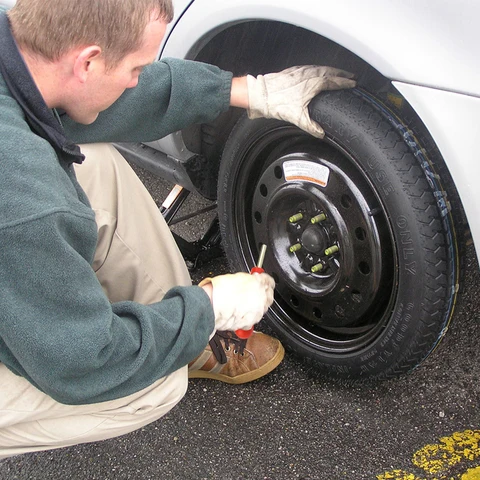 Tires are sensitive to weather, sun, temperature, and time. The best way to store tires is in a dry, cool environment that will slow down the aging process. Keeping a fresh set of tires in the right conditions could add years to their life.
Tires are sensitive to weather, sun, temperature, and time. The best way to store tires is in a dry, cool environment that will slow down the aging process. Keeping a fresh set of tires in the right conditions could add years to their life.
These tire storage tips will show you how to prevent dry rot and keep tires in excellent condition.
It’s important to remove any traces of asphalt, dirt, and brake dust from the tires before storing. However, not all soap and methods of cleaning are created equal. Products specifically marketed for cleaning tires might not be appropriate in this case. Check the label. Avoid cleaning products with petroleum and all tire dressings. These products can be corrosive if your tires will be out of service for a few months or more.

Some argue that UV rays are the biggest factor in tire aging. Direct sunlight can heat the rubber and cause premature deterioration. The UV rays penetrate the rubber, dry it out, and eventually breakdown the rubber compounds. The best way to keep tires from dry rotting is to limit sun exposure whenever possible.
Find a cool and dry environment to keep your tires. You want to locate a place where the temperature and humidity remain consistent throughout the duration.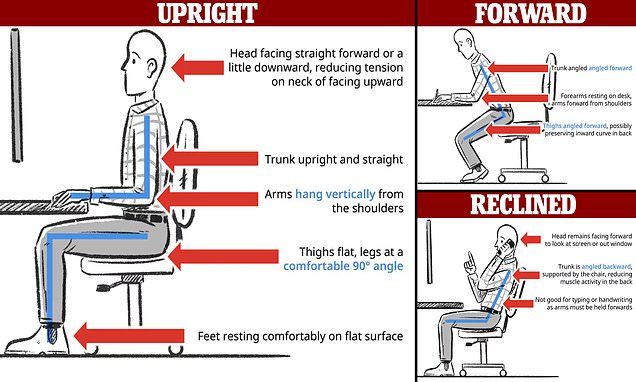 Dips or hikes in either of these can result in premature tire aging. Storing tires in a consistently warm environment is not good for the rubber, but it’s also not good to keep tires in freezing temperatures.
Dips or hikes in either of these can result in premature tire aging. Storing tires in a consistently warm environment is not good for the rubber, but it’s also not good to keep tires in freezing temperatures.
Aside from sunlight, the next leading tire deteriorator is oxygen. Some things in storage require airflow to breathe and stay in good condition. Tires, on the other hand, do better when they are vacuum sealed in plastic. An airtight space prevents oxygen from reaching the tires, slows down the oxidation process, and prevents the oil from evaporating and drying out the tires.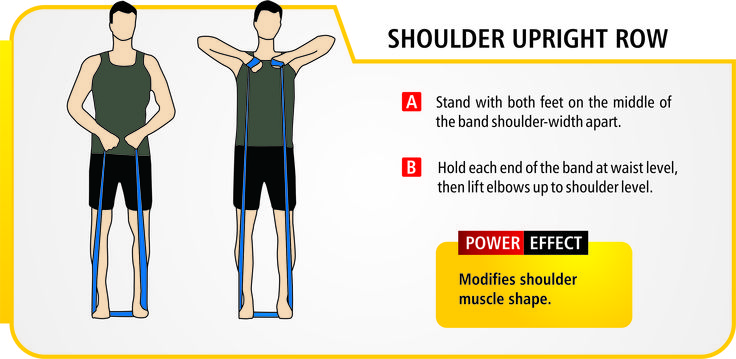 Remember to wrap each tire individually for the best results.
Remember to wrap each tire individually for the best results.
Once you have a storage location, it’s important to store tires correctly. Stacking tires or hanging them can cause deformities if they aren’t moved around every so often. However, sometimes you might be forced to stack tires horizontally due to space constraints. If possible, consider the following suggestions for how to store tires.
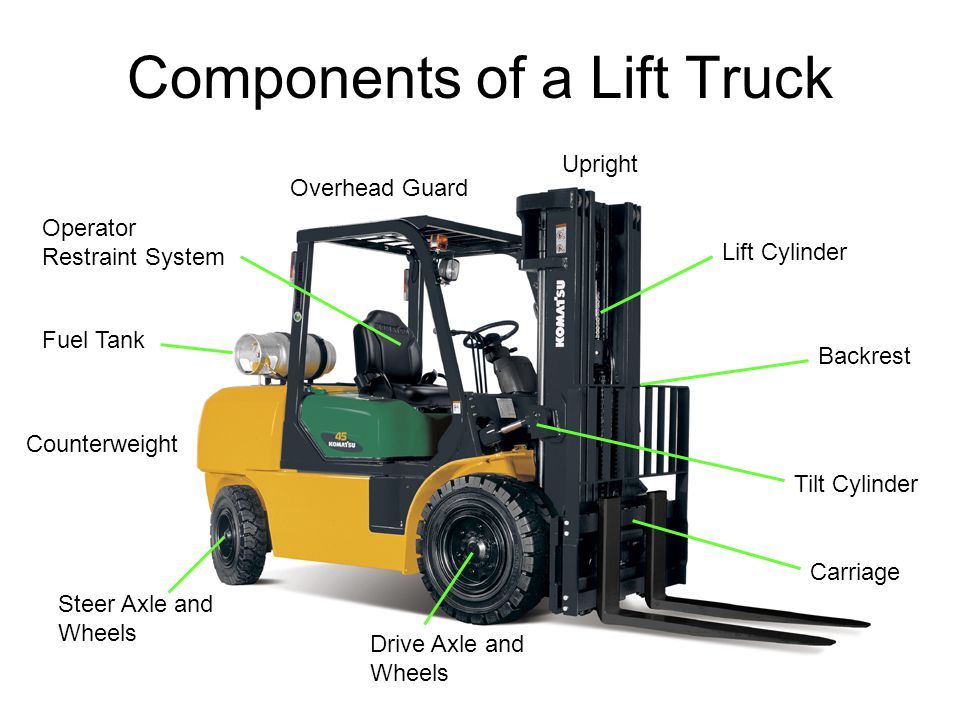
If you are storing a car for more than a couple months, consider removing the tires from the car completely. Leaving the tires on the car can cause flat spotting. If you can’t remove the tires, at the very least be sure to take the car for a ride every few months so that the tires get some use. Tires do best in service because movement keeps oil evenly distributed in the rubber, which helps prevent it from drying out.
Tires can last for several years in storage if they are stored in the right conditions. However, many tire experts recommend replacing tires six years after their production date regardless of the tread. Old tires can be compromised in other ways when the rubber compound breaks down.
To give you another perspective, it’s like the difference between a brand new rubber band and one that’s been sitting in your desk for years. When you take your tires out of storage, make sure you look for signs of wear and check the date. If you are unfamiliar with what dry rot or crazing looks like, have a tire professional give your tires a once over.
We hope this tire storage guide taught you how to store tires with care. Make sure you keep yourself safe by following all the manufacturer recommendations and have your tires serviced at appropriate intervals.
Lauren Thomann has written about self storage and moving since 2015, making her our storage expert.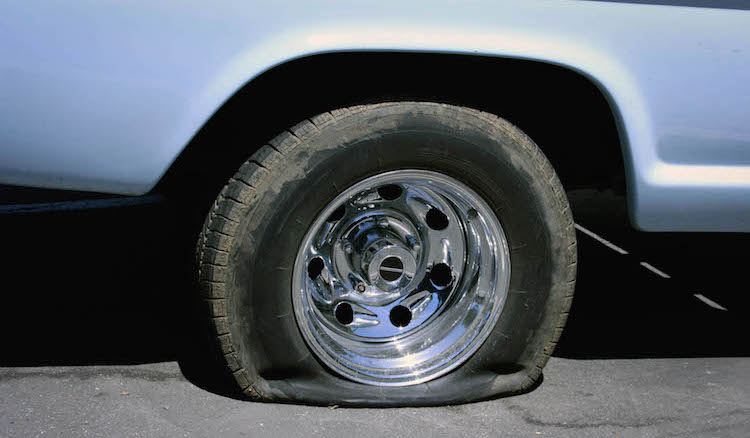 She earned a Bachelor’s degree in English and Linguistics and has published over 150 articles on moving, storage, and home organization. She is also a contributing writer at The Spruce and Martha Stewart.
She earned a Bachelor’s degree in English and Linguistics and has published over 150 articles on moving, storage, and home organization. She is also a contributing writer at The Spruce and Martha Stewart.
Most motorists have two sets of tires - winter and summer. When using one set, you must store another set of tires somewhere.
Ignoring simple rules, many wonder why the second set becomes unusable. Often this is due to improper storage of tires for the car. nine0009
So where and how best to store the wheels? Let's analyze the main points of rubber storage during the waiting season.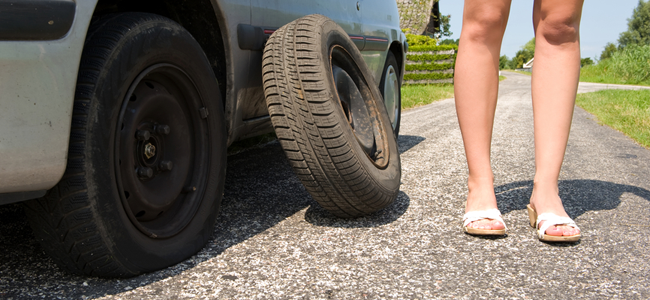
Photo: version for wheels without rims in a vertical position from the GarageTech team.
Car tire storage will be fundamentally different depending on the presence or absence of rims on the wheels. Of course, it is better to pack wheels both with and without rims in special covers for tires. In such covers, the tires do not come into contact with any foreign objects, which can preserve the quality of the tires. nine0009
It is important to remember that when storing wheels in tire bags, it is worth monitoring the humidity in the room. If the humidity is high, condensation may form in the wheels, causing tire failure.
Tires without discs should only be stored in an upright, standing position. It is absolutely impossible to hang such tires and put them horizontally on top of each other. In such cases, deformation of the tire will occur.
Wheels without rims can be placed in a row on the floor. It is worth noting that with this option, you will have to rotate the tires at least once a month so that they do not deform. nine0009
It is worth noting that with this option, you will have to rotate the tires at least once a month so that they do not deform. nine0009
It is more convenient to place the rubber on a special shelf that you can build yourself or entrust to the GarageTech team. Such shelves are fixed at any convenient level. The wheels will always be in the same position and the question of finding additional space will automatically disappear.
In the photo: fixing wheels on specially equipped hooks from GarazhTek
horizontally on top of each other. nine0009
The method of hanging tires is convenient in that you free up the lower tiers of the room and get rid of clutter. But there is a risk of hitting the wheels if they are not fixed against the wall or at a sufficiently high level. It is more convenient to fix the tires on the rims on special hooks that do not allow the tire to sway. Such hooks for tires will be helped by the GarazhTek company.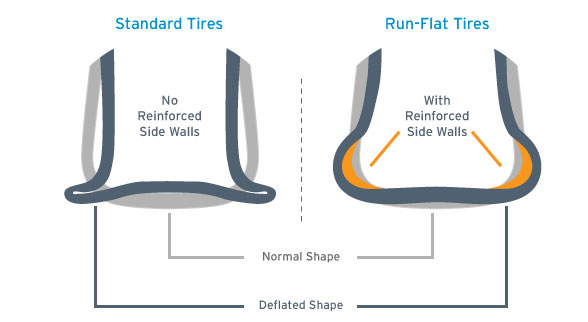
The horizontal method is convenient in that it allows you to save space on the upper tiers and prevents damage to the wheels from contact with other objects. This method is suitable for rooms with low ceilings, in which it is difficult to install a structure with hooks. nine0009
In the photo: the prepared rubber is sent to storage
Before sending the wheels to storage, it is necessary to prepare them. At the initial stage, you should wash and dry the tires well. Further, if desired, you can mark the wheels so that in the future it will be easier to navigate which wheel is rear, which is right or left.
To keep the rubber in good condition, it is treated with a special spray. They contain oxidation inhibitors that prevent cracking and deformation of the wheels. Aerosol is recommended to cover the surface of tires in 2-3 layers. nine0009
At the final stage of rubber preparation, each wheel is placed in a special bag that prevents condensation.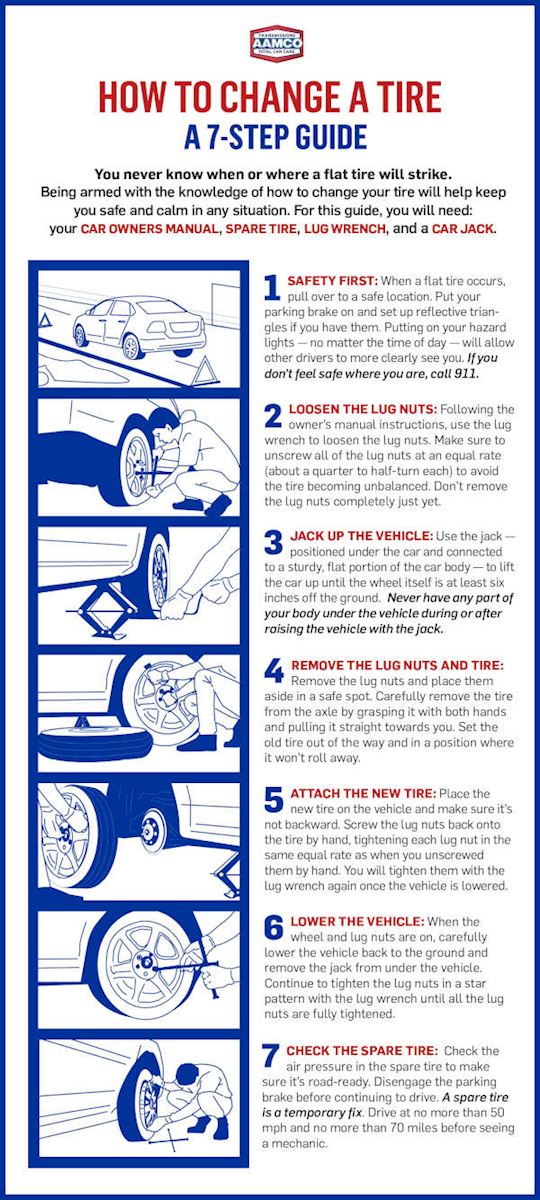 Ordinary plastic bags will not fit wheels with rims. In this case, the appearance of condensate and, consequently, rust on the discs is inevitable.
Ordinary plastic bags will not fit wheels with rims. In this case, the appearance of condensate and, consequently, rust on the discs is inevitable.
In the photo: tire storage system from GarazhTek
As a rule, in winter it becomes necessary to temporarily get rid of summer tires. The procedure for storing summer tires in winter has its own characteristics. Summer tires have certain properties that help them withstand hot weather. Therefore, it is better to store such wheels in a warm room, where the temperature will not exceed +25 degrees, but will not fall below 0 degrees. nine0009
It is unacceptable for rubber to get any substances, chemicals. Summer tires can damage chemical fumes from loosely sealed containers. The use of special bags and aerosol treatment of tires will have a positive effect on the quality of the wheels. These simple rules will help extend the life of the wheels.
The wheel storage rule also applies to winter tires.
In the photo: the finished version of the garage equipped with a storage system from GarazhTek
Having answered the question of how to store tires, it is important to decide where the wheels will be placed. The storage room for tires should help extend the life of the rubber.
In such a room, the temperature must be maintained between 0 degrees and +25 degrees. Also, the room must protect the tires from direct sunlight and must be closed, protecting from the weather.
It is important to ensure that the humidity in the room is maintained at an optimal level and that there is enough free space for storage. The room should provide a specially allocated place for storing wheels, which will protect against mechanical damage to rubber. nine0009
Garages, sheds or detached buildings are suitable for wheels. Storing the wheels at home, for example, on the balcony is not entirely suitable, because the sun's rays may hit the tires. It is also difficult to find the right free space to place the wheels.
It is also difficult to find the right free space to place the wheels.
Do not place tires during storage:
GarazhTek will help you decide on the choice of a room for placing wheels and create all the necessary conditions for storing car tires by equipping a room with a suitable system.
Author: Aleksey Kokorin
Seasonal storage of tires is not such a difficult task as it might seem.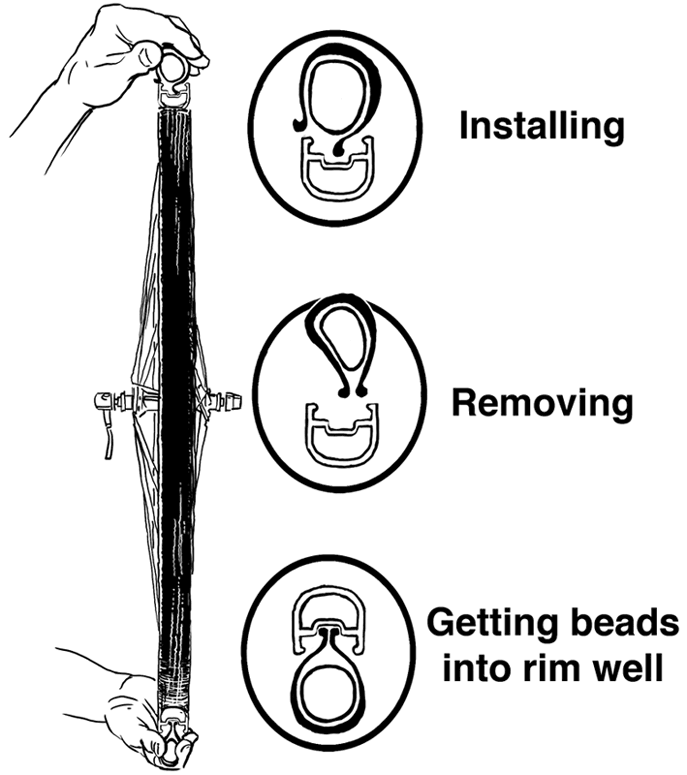 Nevertheless, there are some nuances here, both obvious and not so obvious. Let's see if it is possible to store tires in a garage or on a balcony, how to store tires complete with and without rims, and what are the advantages and disadvantages of seasonal tire storage services, and in the end we will collect all the tips in a handy infographic. nine0114
Nevertheless, there are some nuances here, both obvious and not so obvious. Let's see if it is possible to store tires in a garage or on a balcony, how to store tires complete with and without rims, and what are the advantages and disadvantages of seasonal tire storage services, and in the end we will collect all the tips in a handy infographic. nine0114
One of the most accessible and comprehensive guidelines for tire storage is the current GOST R 54266-2010 “Pneumatic tires. Packing, transportation and storage. First of all, it establishes the general conditions for storing tires - it does not talk about complete wheels, but the same is true for them. But the first condition, even before GOST, is the cleanliness of tires: before being sent for storage, tires and / or wheels must be washed to remove dirt, oil products and everything else that can adversely affect rubber. nine0009
Now to the storage conditions. According to GOST, storage rooms must be dry and ventilated.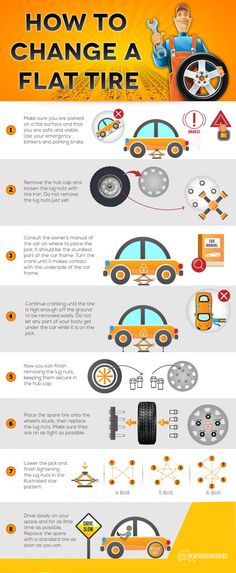 When storing tires, air temperature fluctuations from minus 30 °С to plus 35 °С are allowed. Tires must be stored at a distance of at least 1 m from heating devices. Thus, any dry garage or closed balcony is suitable for these conditions, where the tires will not lie next to the heating radiator. The main thing is to exclude sunlight from hitting the tires, since one of the enemies of the rubber compound is ultraviolet, which causes its aging. Well, tires also need to be protected from atmospheric precipitation. nine0009
When storing tires, air temperature fluctuations from minus 30 °С to plus 35 °С are allowed. Tires must be stored at a distance of at least 1 m from heating devices. Thus, any dry garage or closed balcony is suitable for these conditions, where the tires will not lie next to the heating radiator. The main thing is to exclude sunlight from hitting the tires, since one of the enemies of the rubber compound is ultraviolet, which causes its aging. Well, tires also need to be protected from atmospheric precipitation. nine0009
And one more condition concerns the place of storage. GOST recalls that when storing tubeless tires, conditions must be provided that exclude the deformation of the beads and side walls of the tires, and if they are stored on a rack, then its surface must be flat, without sharp edges.
Tire storage conditions are also contained in the above GOST. According to it, tires with a profile width up to 205 mm inclusive are stored in a horizontal position on top of each other in stacks no more than 2 m high, and with a profile width of 215 mm or more - in a vertical position (on the edge) in 1-4 rows.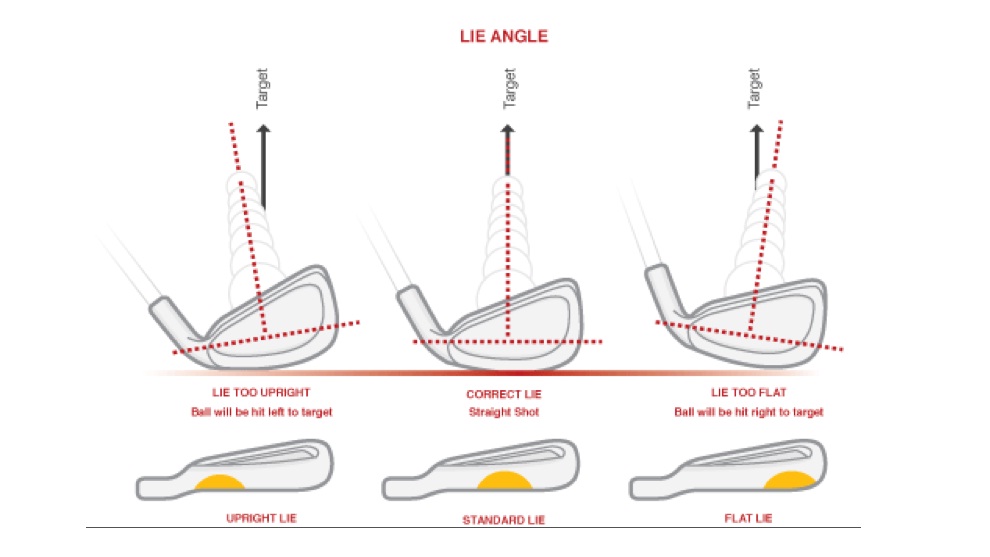 Most often, tires are generally advised to be stored exclusively vertically, regardless of dimension - largely because the tread is thicker and stiffer than the sidewall. However, in practice, a stack of 4 wheels is unlikely to cause sidewall deformation. Thus, tires without disks, subject to storage conditions, can be placed both vertically and horizontally - the main thing is to turn them (or shift them in a stack) at least once every 3 months. But it is impossible to hang tires without disks: this can lead to deformation of the shoulder area, which is adjacent to the disk and ensures the tightness of the wheel, and in this case the wheel can etch air. nine0009
Most often, tires are generally advised to be stored exclusively vertically, regardless of dimension - largely because the tread is thicker and stiffer than the sidewall. However, in practice, a stack of 4 wheels is unlikely to cause sidewall deformation. Thus, tires without disks, subject to storage conditions, can be placed both vertically and horizontally - the main thing is to turn them (or shift them in a stack) at least once every 3 months. But it is impossible to hang tires without disks: this can lead to deformation of the shoulder area, which is adjacent to the disk and ensures the tightness of the wheel, and in this case the wheel can etch air. nine0009
Reverse storage recommendations for wheel assemblies. Firstly, they can be suspended - a metal disc eliminates the possibility of any deformation of the wheel or tire. Secondly, they can be stored in stacks - however, the advice to shift the stack once every 3 months remains relevant. It is usually not recommended to store the wheels in an upright position - but this is mainly due to the fact that for storage it is better to reduce the pressure in them to 0.5-1 atmospheres to reduce internal stresses. Thus, a flat tire stored vertically will deform at the point of contact with the ground, which can affect its shape and balance afterwards. However, if you want to keep the wheel inflated, then you can put it upright - although it is still desirable to turn it all the same once every three months. So, let's recap: complete tires with discs can be suspended, stored horizontally in stacks, and if they are stored inflated, then vertically, but turning once every 3 months. nine0009
It is usually not recommended to store the wheels in an upright position - but this is mainly due to the fact that for storage it is better to reduce the pressure in them to 0.5-1 atmospheres to reduce internal stresses. Thus, a flat tire stored vertically will deform at the point of contact with the ground, which can affect its shape and balance afterwards. However, if you want to keep the wheel inflated, then you can put it upright - although it is still desirable to turn it all the same once every three months. So, let's recap: complete tires with discs can be suspended, stored horizontally in stacks, and if they are stored inflated, then vertically, but turning once every 3 months. nine0009
Now, having listed all the main recommendations, let's collect them into a single infographic. In order not to confuse you, we indicate undesirable storage methods as prohibited - but remember that 4 tires can be stacked if you are not too lazy to shift it, and assembled wheels can be stored vertically if you do not reduce pressure in them.
Seasonal tire storage services, or so-called "tire hotels", have gained some popularity. However, do not think that the storage conditions in them are strikingly different from the garage ones. Above, we have already found out that tires are very unpretentious to temperature and do not like only ultraviolet radiation and high humidity, so "tire hotels" are usually large hangars with sufficient ventilation. Therefore, the seasonal storage service is aimed primarily at those who have nowhere to place a replacement set of tires or wheels. Of the advantages, one can only mention washing, which is neglected by many car owners and which is usually offered in services before being stored. So if you don't have a garage and your balcony is occupied, perhaps a "tire hotel" would indeed be the best solution. nine0114
practice tires and wheels
Articles / Practice It's all about centimeters: how to drive through a snowy winter yard Why in the yard, you ask? Because most often inexperienced drivers get stuck in the yard in winter, and not on a cleared road.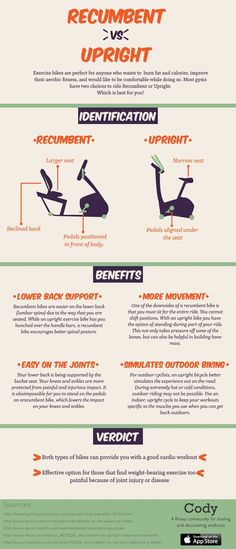 And it is also easier for them to damage their car in the yard. P... 607 7 1 09.01.2023
And it is also easier for them to damage their car in the yard. P... 607 7 1 09.01.2023
Articles / Interesting Faster than they look: 15 best sleepers of 2023 We talked in detail about what sleepers are - these are outwardly inconspicuous cars that can actually give odds to many in traffic light races. And the recently introduced fifth po... 2689 1 1 01/03/2023 nine0009
Articles / Practice Eternal youth: how to prevent the car body from aging Those who bought a new car at least once in their lives experienced a feeling that can be described by the common phrase "if only nothing happened to the swallow.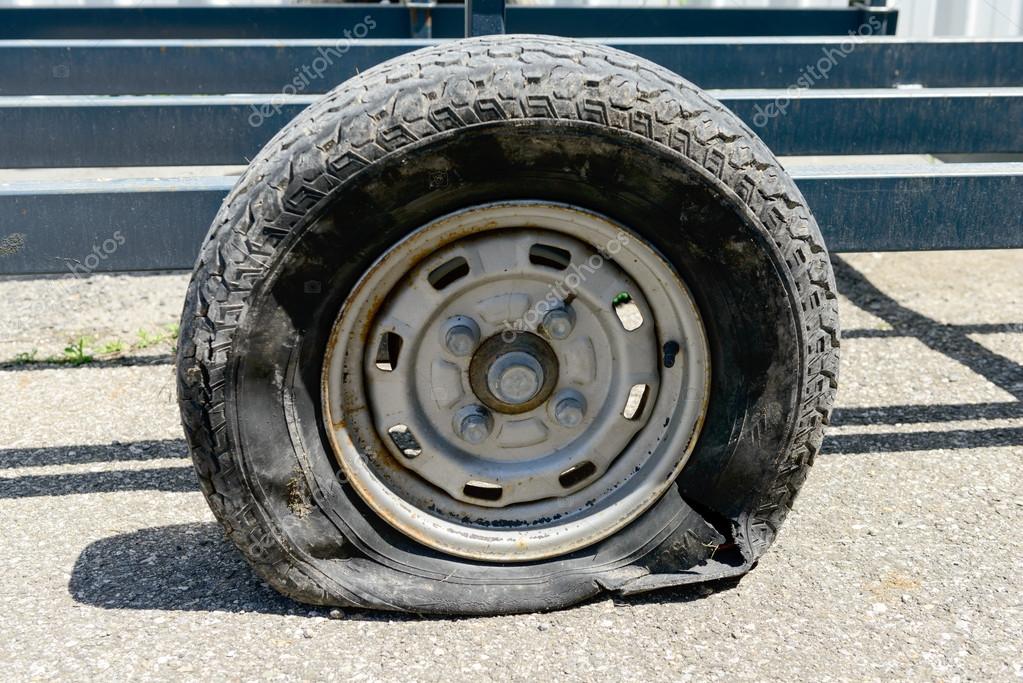 " But life is so badly arranged that with la ... 3799 1 four 27.12.2022 nine0009
" But life is so badly arranged that with la ... 3799 1 four 27.12.2022 nine0009
Test drives / Test drive Haval Dargo vs Mitsubishi Outlander: the dog is barking, the stranger is coming In the Haval dealership in the south of Moscow, life is in full swing: buyers look at cars, communicate with managers and sign some papers. While I was waiting for the test Dargo, the same cross... 21239 7 205 13.09.2022
Test drives / Test drive Motor from Mercedes, emblem from Renault, assembly from Dacia: test drive of the European Logan 1.